How To Season Your Wooden Cutting Board With Oil?

Owning a wooden cutting board is the smartest choice by far when it comes to the different materials we can choose, even the US healthy authorities agree.
However, wood is a natural material, which absorbs food juices and odors. We've already given you 5 different 'cures' for problems you may have with your wooden cutting board such as stains, odor or bacteria.
But you can reduce the need for any of these cures if you actually prevent your wooden cutting board from absorbing odors and juices in the first place.
How to moisture-proof your board with oil
This is the ultimate treatment for your wooden cutting board. When you oil your wooden board regularly, you create a moisture-proof barrier.
You may find that you do not need to use vinegar, hydrogen peroxide, lemon juice, baking soda or salt to cure your board of stains, odor or bacteria, or you only need to use after heavy duty use in the kitchen.
Choose a good cutting board oil. It should be a mineral oil that is food-safe.
If you are oiling for the first time, aim to completely drench your cutting board with oil. Pour on a good amount of oil, and then rub it in using a paper towel.
You can use a clean dish towel instead, but make sure that this towel will now only be used for this purpose – do not use it for drying dishes or for any other use in the kitchen, as you'll find you'll leave an oily film wherever you go!
Don't worry if you think you've added too much oil. It should look like you've overdone it. Leave your board for a few minutes and you'll find that most of the oil has been absorbed, which is exactly what you want!
Season your board with oil on both sides (try propping it up on its side so you can save time by doing both sides at once).

You may also want to repeat the process 2 or 3 times to make sure your board is fully saturated with oil, and there are no spots of 'dry' wood left.
After this initial seasoning with oil, you will only need to apply a single layer of oil to both sides and let it soak in overnight.
We recommend you do this once a month, if you are a heavy, daily cutting board user, or about 2-3 times a year if only using lightly.
If you're unsure of how often to season your board, just sprinkle some water on your cutting board and see what happens. If the water turns into beads, then it has enough oil in it as it is not allowing the water to be absorbed.
If the water starts spreading, then you know your board is 'thirsty' and absorbing the water. That's a good indication that your board needs to be seasoned with oil again.
You'll soon work out how often you should season your board. Keep this up, and you'll find that bacteria, odors and stains can't cling to your board, and your board stays like new!
How to remove knife scratches
First of all, don't worry too much about knife scratches. Wooden cutting boards have been proven to not harbor bacteria within scratches, unlike plastic or other synthetic boards. Also, the fact that you are getting scratches is a good thing, as it's proof the board is not dulling your knives (unlike glass or marble).
However, we understand that scratches can look unsightly. Just oiling your board alone will make the scratches look less deep.
But if you really want a wooden cutting board that is as smooth as the day you purchased it, before oiling, use sandpaper with 400 grit, and use a circular motion to buff out any scratches.
Now wipe away any shavings with a damp sponge, and then season your board with oil.
Get into a regular habit of seasoning your wooden cutting board with oil and, chances are, you'll never need to buy another cutting board ever again!





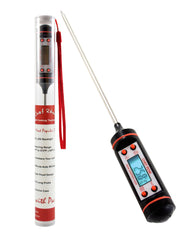

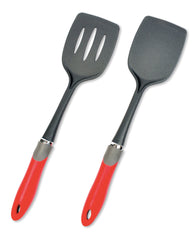
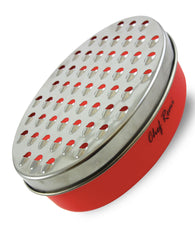
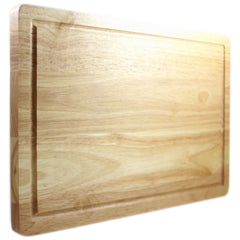
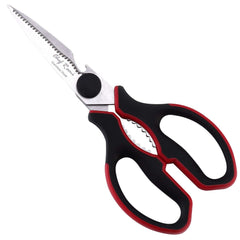
Comments
No comments yet.